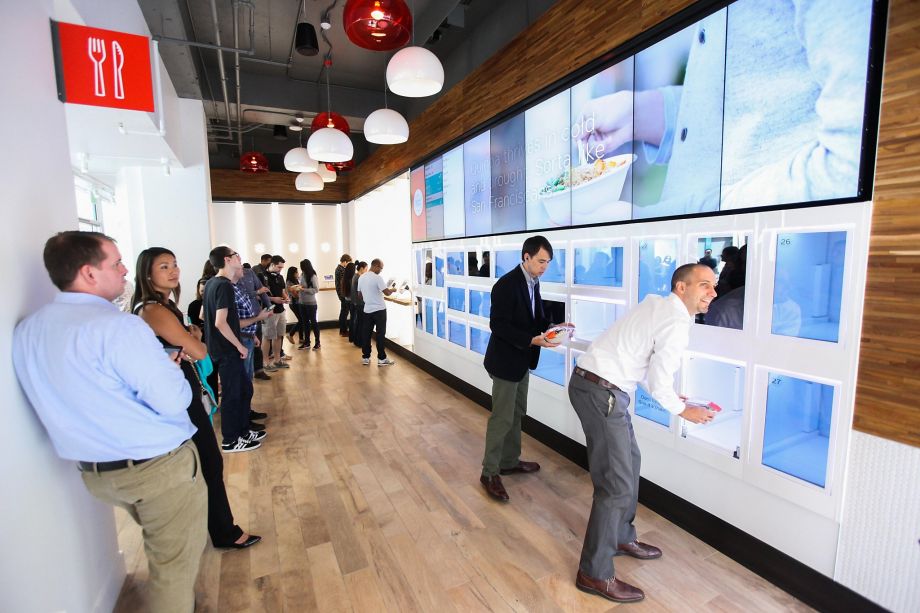All fast-casual dining won’t likely be automated nor will restaurants with human staff soon be an overwhelming minority. It will not in the near future resemble the way a few shoes are still made by hand while almost all of them are manufactured by machines. I don’t think that happens so quickly or absolutely.
But not all (or almost all) of these jobs have to disappear for the sector’s workers to be devastated. In most places, anything out of sight in the kitchen that can be robotized will be, and some visible positions will as well. Of course, some restaurants and hotels and other corners of the hospitality industry will go all in and completely disappear the human element.
I’m not suggesting we dash robot heads with rocks, but we probably need to have some political solutions at hand, should, say, popular dining and the trucking and taxi industries no longer be there to employ tens of millions of Americans. A Plan B would be handy then.
One of the trailblazers in disappearing visible workers is the new digital automat known as Eatsa, the San Francisco cafe I blogged about a couple of days ago. In a smart Atlantic piece, Megan Garber looks at the underlying meaning of this nouveau restaurant beyond its threat of technological unemployment, how it’s selling not just meals but social withdrawal. An excerpt:
The core premise here, though, is that at Eatsa, you will interact with no human save the one(s) you are intentionally dining with. The efficiencies are maximized; the serendipities are minimized. You are, as it were, bowl-ing alone.
That in itself, is noteworthy, no matter how Eatsa does as a business—another branch is slated to open in Los Angeles later this year. If fast food’s core value was speed, and fast casual’s core value was speed-plus-freshness, Eatsa’s is speed-plus-freshness-plus-a lack of human interaction. It’s attempting an automat-renaissance during the age of Amazon and Uber, during a time when the efficiency of solitude has come to be seen, to a large extent, as the ultimate luxury good. Which is to say that it has a very good chance of success.•







